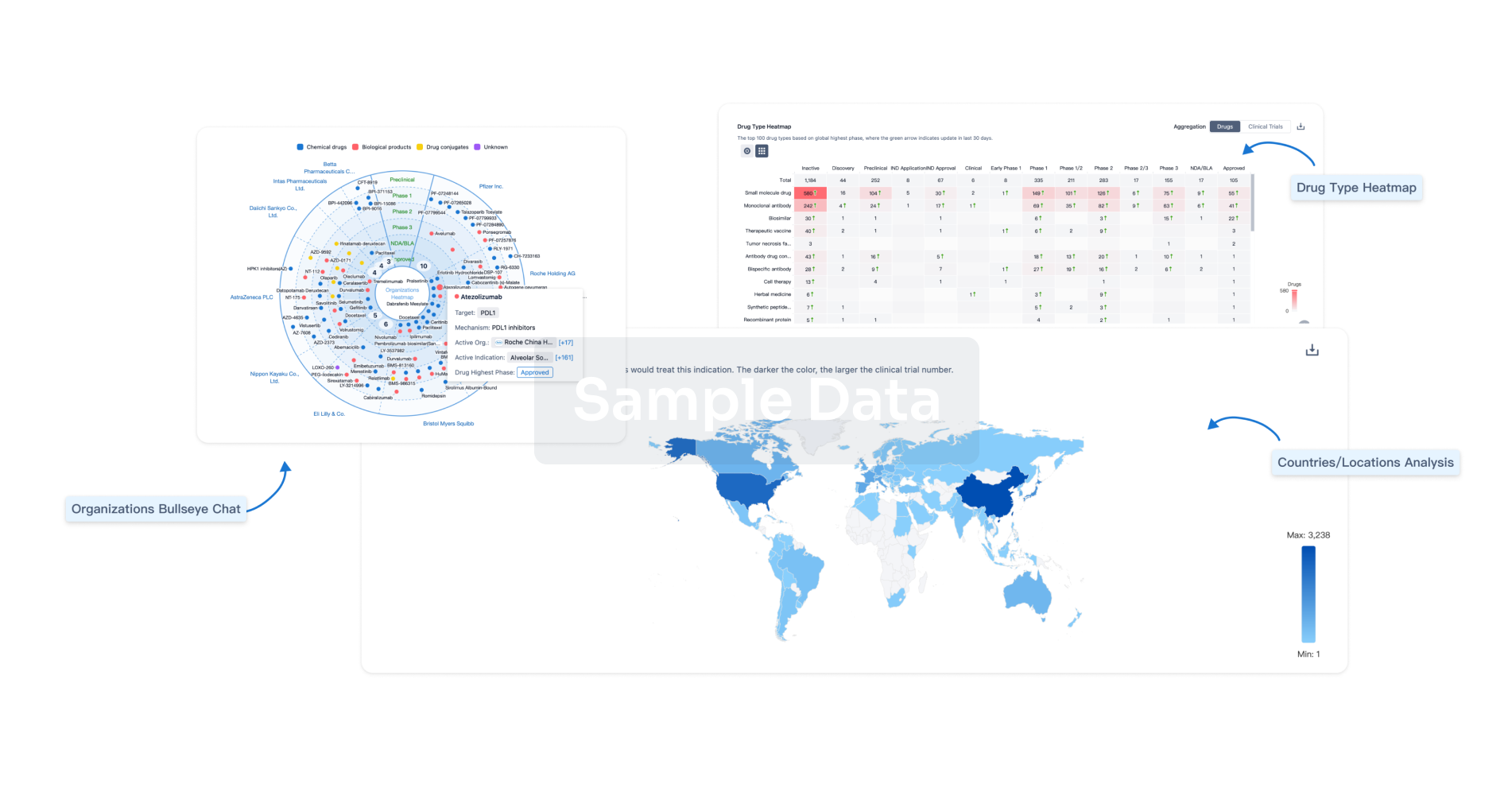Request Demo
Last update 01 Nov 2024
Pellagra Like Syndrome
Last update 01 Nov 2024
Basic Info
Synonyms PELLAGRA-LIKE SYNDROME, Pellagra like syndrome, Pellagra-Like Syndrome + [2] |
Introduction- |
Related
100 Clinical Results associated with Pellagra Like Syndrome
Login to view more data
100 Translational Medicine associated with Pellagra Like Syndrome
Login to view more data
0 Patents (Medical) associated with Pellagra Like Syndrome
Login to view more data
40
Literatures (Medical) associated with Pellagra Like Syndrome01 Oct 2022·ERJ Open Research
Analysis of real-world data and a mouse model indicates that pirfenidone causes pellagra
Article
Author: Kuronuma, Koji ; Chiba, Hirofumi ; Kaneko, Shuji ; Yoshioka, Takeshi ; Yamamoto, Hiroki ; Susai, Natsumi ; Kuroita, Tomohiro
01 Feb 2019·Medecine et sante tropicales
Pellagra and pellagra-like erythema in a hospital setting in Lomé, Togo : retrospective study from 1997 to 2017.
Article
Author: Akakpo, A S ; Tchangai-Walla, K ; Moise Elegbede, Y ; Mouhari-Toure, A ; Pitche, P ; Saka, B ; Kombate, K ; Teclessou, J N
01 Jan 2015·Clinical GeneticsQ2 · MEDICINE
Pellagra‐like condition is xeroderma pigmentosum/Cockayne syndrome complex and niacin confers clinical benefit
Q2 · MEDICINE
Article
Author: Alkuraya, F.S. ; Hijazi, H. ; Ibrahim, N. ; Mukhtar, M.M. ; Hamad, M.H.A. ; Hassan, H.H. ; Mohamed, K.A. ; Salih, S.B.M. ; Ansari, S. ; Salih, M.A. ; Karrar, Z.A.
Analysis
Perform a panoramic analysis of this field.
login
or

AI Agents Built for Biopharma Breakthroughs
Accelerate discovery. Empower decisions. Transform outcomes.
Get started for free today!
Accelerate Strategic R&D decision making with Synapse, PatSnap’s AI-powered Connected Innovation Intelligence Platform Built for Life Sciences Professionals.
Start your data trial now!
Synapse data is also accessible to external entities via APIs or data packages. Empower better decisions with the latest in pharmaceutical intelligence.
Bio
Bio Sequences Search & Analysis
Sign up for free
Chemical
Chemical Structures Search & Analysis
Sign up for free